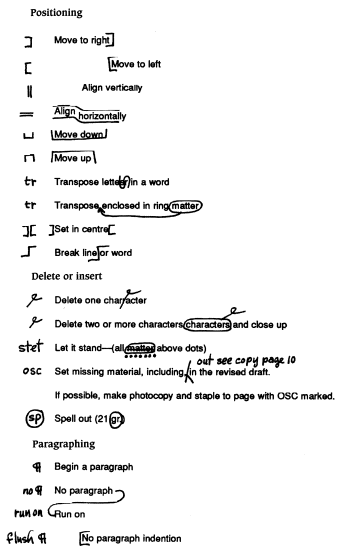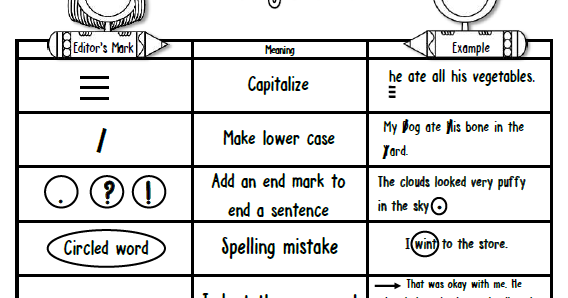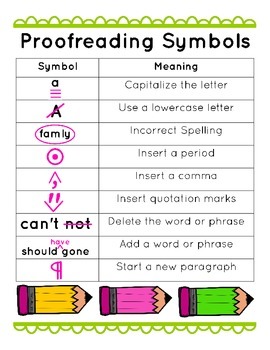

The pilcrow may indicate a footnote in a convention using a sequence of distinct typographic symbols in sequence to distinguish the footnotes on a given page it is the sixth in a series of footnote symbols beginning with the asterisk. In typing programs, it marks a carriage return that one must type. It is also used as the icon on a toolbar button that shows or hides the pilcrow and similar onscreen annotations that mark hidden characters, including tabs, whitespace, and page breaks.
Edit symbol for paragraph in word software#
The pilcrow is used in desktop publishing software such as desktop word processors and page layout programs to mark the end of a paragraph. This is analogous to the writing of these instructions in red in some rubrication conventions. King's College, Cambridge uses this convention in the service booklet for the Festival of Nine Lessons and Carols.

Rubricators eventually added one or two vertical bars to the C to stylize it (as ⸿) the 'bowl' of the symbol was filled in with dark ink and eventually looked like the modern pilcrow, ¶.

In the 1100s, ⟨C⟩ had completely replaced ⟨K⟩ as the symbol for a new chapter. Eventually, to mark a new section, the Latin word capitulum, which translates as "little head", was used, and the letter ⟨C⟩ came to mark a new section in 300 BC. Use in Latin Ībove notation soon changed to the letter ⟨K⟩, an abbreviation for the Latin word kaput, which translates as "head", i.e. As the paragraphos became more popular, the horizontal line eventually changed into the Greek letter Gamma ( Γ, γ) and later into litterae notabiliores, which were enlarged letters at the beginning of a paragraph. The first way to divide sentences into groups in Ancient Greek was the original παράγραφος ( parágraphos), which was a horizontal line in the margin to the left of the main text. The earliest reference of the modern 'pilcrow' is in 1440 with the Middle English word pylcrafte.

This was rendered in Old French as paragraphe and later changed to pelagraphe. The word 'pilcrow' originates from the Ancient Greek: παράγραφος ( parágraphos), literally, "written on the side or margin". 4 Paragraph signs in non-Latin writing systems.


 0 kommentar(er)
0 kommentar(er)
